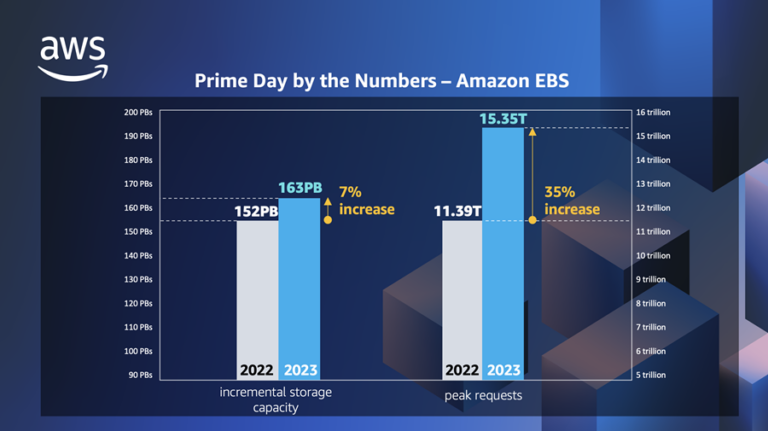Introduction
In the world of computing, Linux stands as a paragon of flexibility and power. Yet, much like a musical instrument, it requires regular tuning to produce its best performance. Through this article, we’ll embark on a journey exploring the intricacies of Linux system performance, emphasizing the importance of monitoring and proactive tuning.
Understanding the Basics
What is Linux System Performance?
At its core, system performance reflects how efficiently a computer system can execute tasks and respond to demands. Good performance ensures smooth system operations, while poor performance can lead to bottlenecks and lags.
Difference between Monitoring and Tuning
While they’re closely related, monitoring is the act of observing and recording the state of a system, whereas tuning involves making adjustments to improve its performance.
Key Metrics for Monitoring Linux System Performance
- CPU Metrics: These include load averages (a measure of task demand over time), utilization (how busy the CPU is), and context switches (how often the CPU changes tasks).
- Memory Metrics: Track free memory, swap usage (a kind of overflow space for memory), and the state of buffers and cache (temporary storage spaces).
- Disk Metrics: This encompasses I/O operations (data transfers), disk utilization, and latency (delays in data transfer).
- Network Metrics: Monitor bandwidth usage, dropped packets (data that’s discarded), and transmission errors.
- Process Metrics: This provides insights into running processes and their consumption of CPU and memory resources.
Tools for Monitoring
Built-in Tools
top&htop: Real-time system monitor.vmstat: Provides info about processes, memory, paging, etc.iostat: Monitor system input/output device loading.netstat: Network statistics.free: Display the amount of free and used memory.
Graphical Tools
- GNOME System Monitor: A visual look into system processes, resource usage, etc.
- KDE System Guard: KDE’s own system monitoring tool.
Advanced Monitoring Solutions:
- Nagios: Enterprise-class monitoring for hosts, services, and network attributes.
- Grafana and Prometheus: Powerful combination for real-time monitoring dashboards.
- Zabbix: Enterprise-ready open-source software for real-time monitoring.
Performance Tuning
Objective of Tuning
The aim is straightforward – achieve better system performance and optimal resource utilization.
Methods of Tuning
Static tuning (making permanent adjustments) versus Dynamic tuning (temporary adjustments that can be reverted).
Tuning Techniques for Key System Resources
CPU Tuning
- Use
niceandreniceto manage process priorities. - Set CPU affinity to bind processes to specific CPU cores.
Memory Tuning
- Adjust ‘swappiness’ to control the tendency of the kernel to move processes out of physical memory.
- Fine-tune cache parameters to optimize memory use.
Disk I/O Tuning
- Choose the correct filesystem type (e.g., ext4, XFS) based on your needs.
- Select the most efficient I/O scheduler for your workload.
Network Tuning
- Fine-tune buffer sizes to optimize data flow.
- Modify TCP parameters for enhanced network performance.
Process Tuning
- Use
ulimitto set limits on resources for processes. - Employ
cgroupsto manage and monitor system resources for process groups.
Automating Performance Monitoring and Tuning
With tools like cron, one can automate monitoring tasks and generate alerts for anomalies. Automation not only reduces manual intervention but also ensures timely optimizations and system clean-ups.
Common Performance Issues and Their Fixes
Identify and resolve bottlenecks in various system resources. Some examples include:
- High load averages: Check for runaway processes or inadequate CPU resources.
- Excessive swapping: Increase physical memory or optimize memory usage.
- Disk thrashing: Check for excessive I/O operations and optimize.
- Network congestion: Address issues related to bandwidth limits or excessive traffic.
Conclusion
As we’ve seen, the Linux system, while powerful, requires attentive care to function at its best. Regular monitoring and tuning are not just best practices; they are essential actions for anyone serious about maintaining an efficient Linux system.



